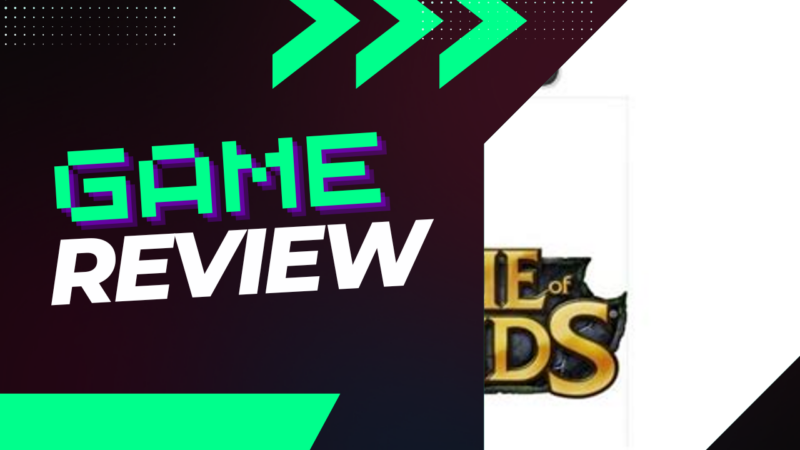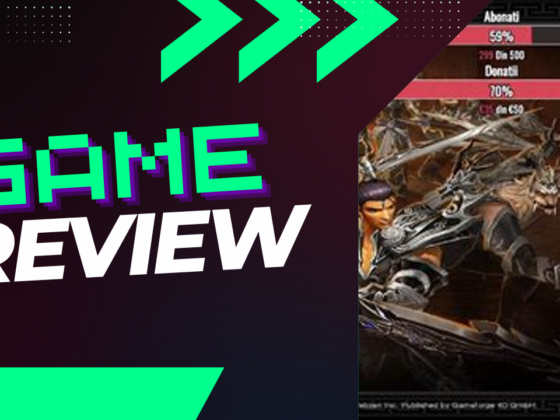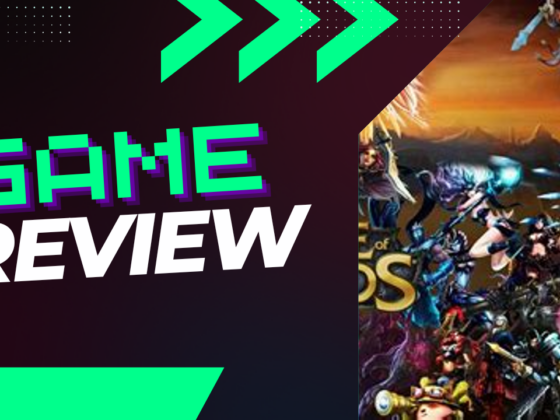Is League of Legends truly a game, or is it an exhilarating siren call that lures players into its depths, promising not just competition but an intoxicating rush of dopamine? With every match, players navigate through a labyrinth of choices, where a split-second decision might elevate them to victory or plunge them into defeat. This fast-paced reward system creates a unique brain chemistry cocktail that can be harder to resist than that second slice of cake. As we delve into the addictive nature of League of Legends, we unravel the threads that bind players to their screens, revealing why many find it a challenge to log off.
Understanding the Addictive Nature of League of Legends
League of Legends (LoL) is widely recognized for its addictive qualities. A significant factor contributing to this phenomenon stems from the game’s simple yet engaging decision-making scenarios. Successful choices trigger the release of dopamine in the brain, and this rewarding experience can happen within mere seconds. The incessant flow of dopamine keeps players hooked, creating a compelling reason to continue playing.
The Thrill of Competition
The competitive aspect of League of Legends drives players to continually improve their skills. Players relish the feeling of enhancing their abilities and achieving victories, despite the frustration that often accompanies the game. Many find themselves in a conflicting relationship with LoL — they love the thrill of triumph but also grapple with the multitude of aggravating moments, especially when certain champions dominate matches, making them feel powerless.
As one player articulated, “I despise this game, yet I love it.” This contradictory statement underscores the powerful pull of LoL. The excitement derived from outmaneuvering an opponent, executing a perfect play, or making a strategic prediction offers an adrenaline rush that few can resist. Players often lament the imbalance in champion strength; however, the prospect of mastering a difficult champion or achieving victory keeps them returning for more.
The Cycle of Addiction
Another layer to the addiction involves a cycle of learning and reward mechanisms intrinsic to the game. Just like gambling, League presents a system of intermittent rewards — where players feel exhilarated upon winning a lane or earning a significant number of kills. Unfortunately, this cycle also breeds frustration when outcomes do not meet expectations. The constant ups and downs fuel a craving for that next victory, amplifying the game’s addictive nature.
Many players find themselves engrossed in forums or community discussions, primarily driven by the game’s ever-evolving dynamics. The social aspects, combined with the constant influx of new champions and strategies, create an environment where there is always something new to learn or achieve. Even players who temporarily step away from the game often find their thoughts wandering back, driven by the familiarity and allure of returning to League.
The Chemistry of Gaming
Delving deeper into the physiological responses elicited by game-play, it’s evident that League of Legends can stimulate the production of essential “happy” chemicals in the brain, such as:
- Dopamine: Triggered through gameplay, rewarding players as they improve and recognize their enhancements.
- Serotonin: Raised during moments of carrying the game, fostering a sense of importance and responsibility.
- Endorphins: Released after overcoming challenges, which creates an exhilarating sense of relief and achievement.
This combination of chemicals forms a compelling framework that keeps players engaged, creating a cyclical pattern of frustration and joy that many find difficult to escape.
Community and Contentment
Moreover, the community aspect of League heightens its addictive qualities. Engaging with friends who share the same passion for the game provides a social outlet that enhances the overall gaming experience. Players often feel compelled to keep playing to maintain their connections with their circle of friends, even when other games might seem appealing.
There are various factors that sustain this connection, including constant updates, new champion releases, and community events. Though some players may wander off to try other games, the fear of losing progress or being detached from the League community often pulls them back.
Breaking Free
Despite the captivating nature of League, some individuals who become disillusioned or frustrated find themselves contemplating a break. Taking a hiatus can offer perspective and enable players to channel their time into other meaningful pursuits. This self-reflection might lead to healthier gaming habits or an eventual decision to shift focus altogether.
Ultimately, the nature of addiction in League of Legends is complex, influenced by various elements like competition, community, and brain chemistry. While the game can be incredibly rewarding, it can also be mentally exhausting and lead to frustration. The key is recognizing when the thrill of the game ceases to be enjoyable, prompting the need for a break or a reevaluation of one’s gaming priorities.
By understanding the compelling factors behind its addictive appeal, players can make informed choices about their gaming habits and seek a balance that promotes both enjoyment and well-being.









